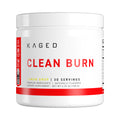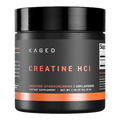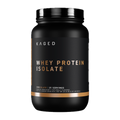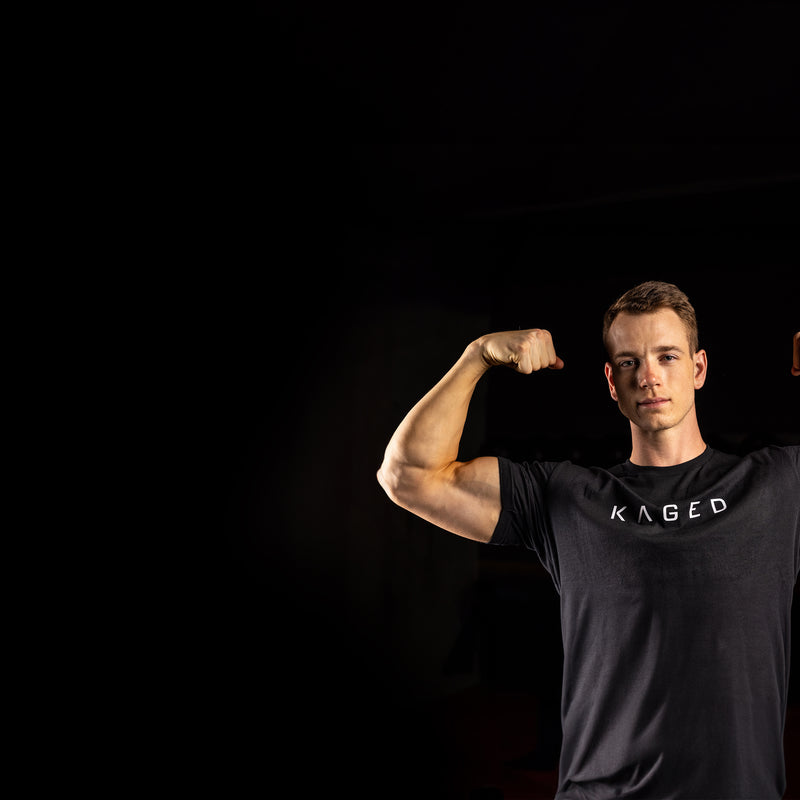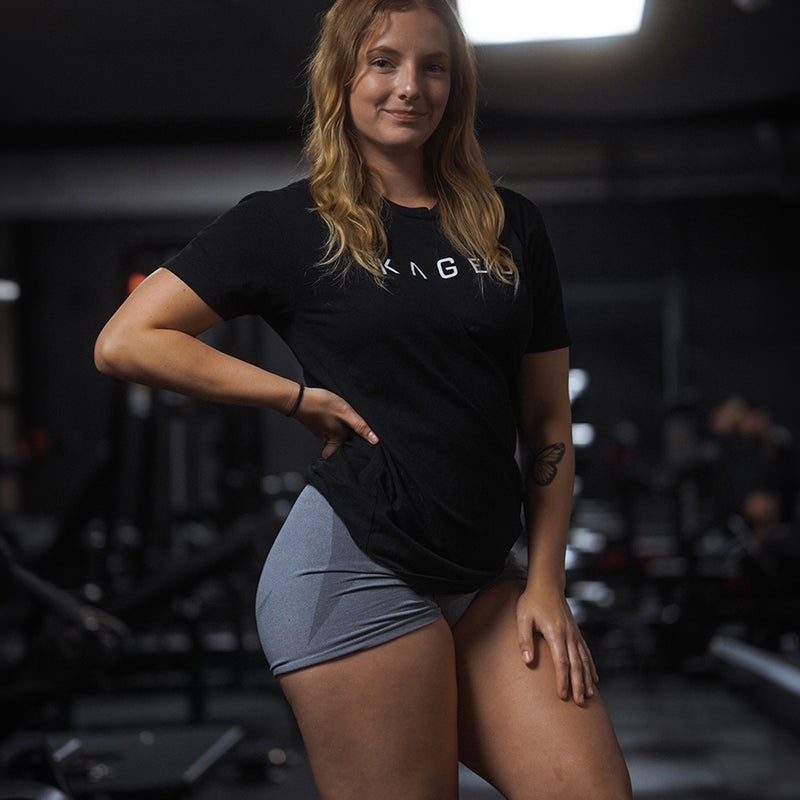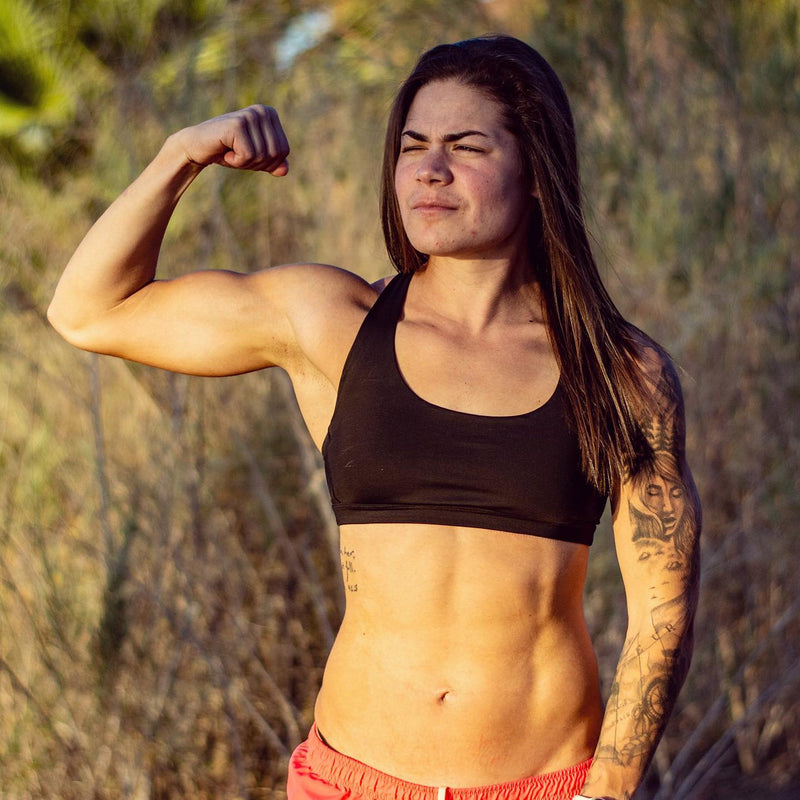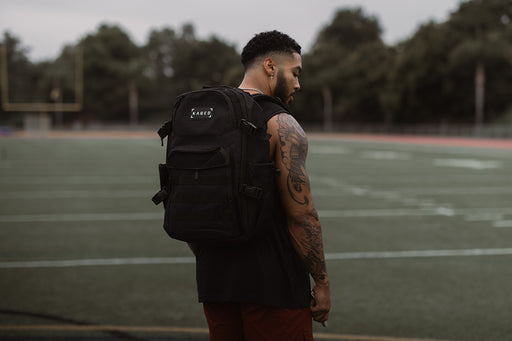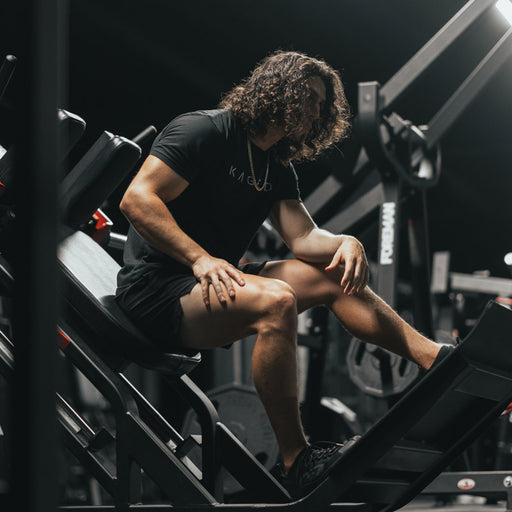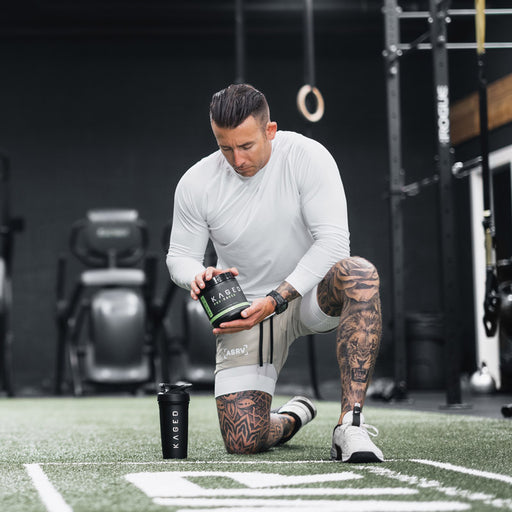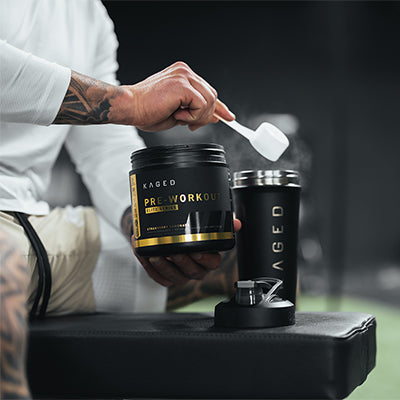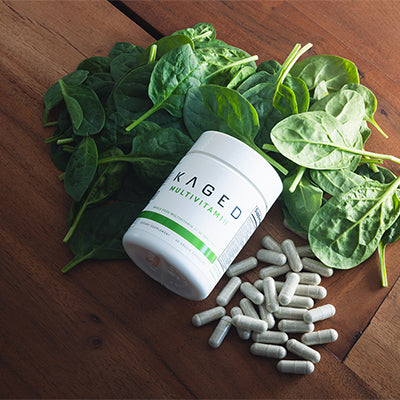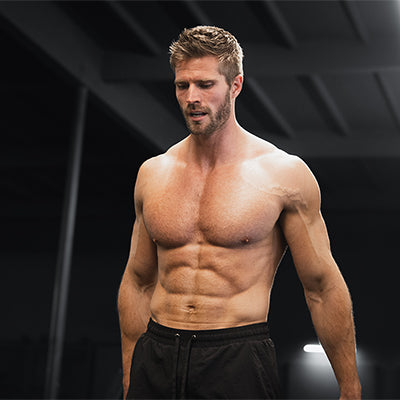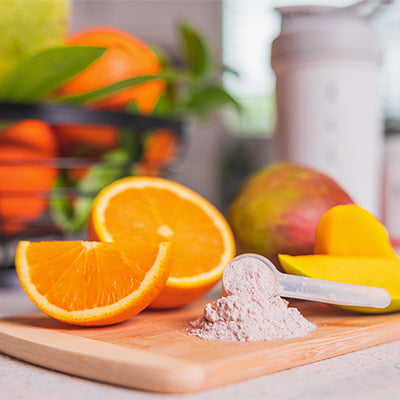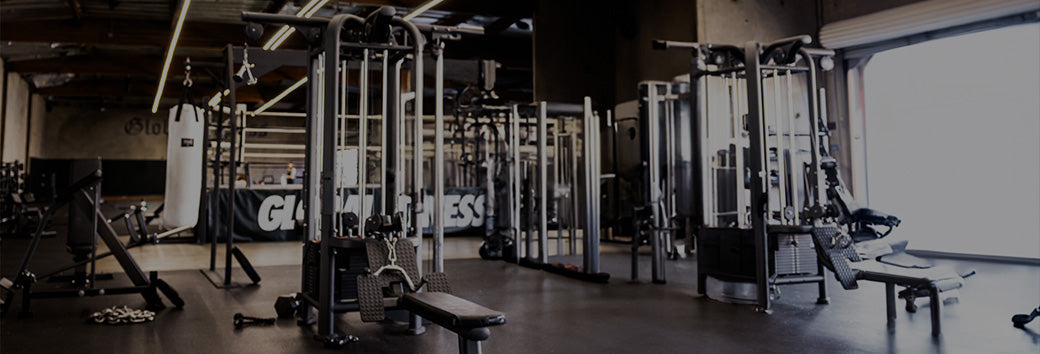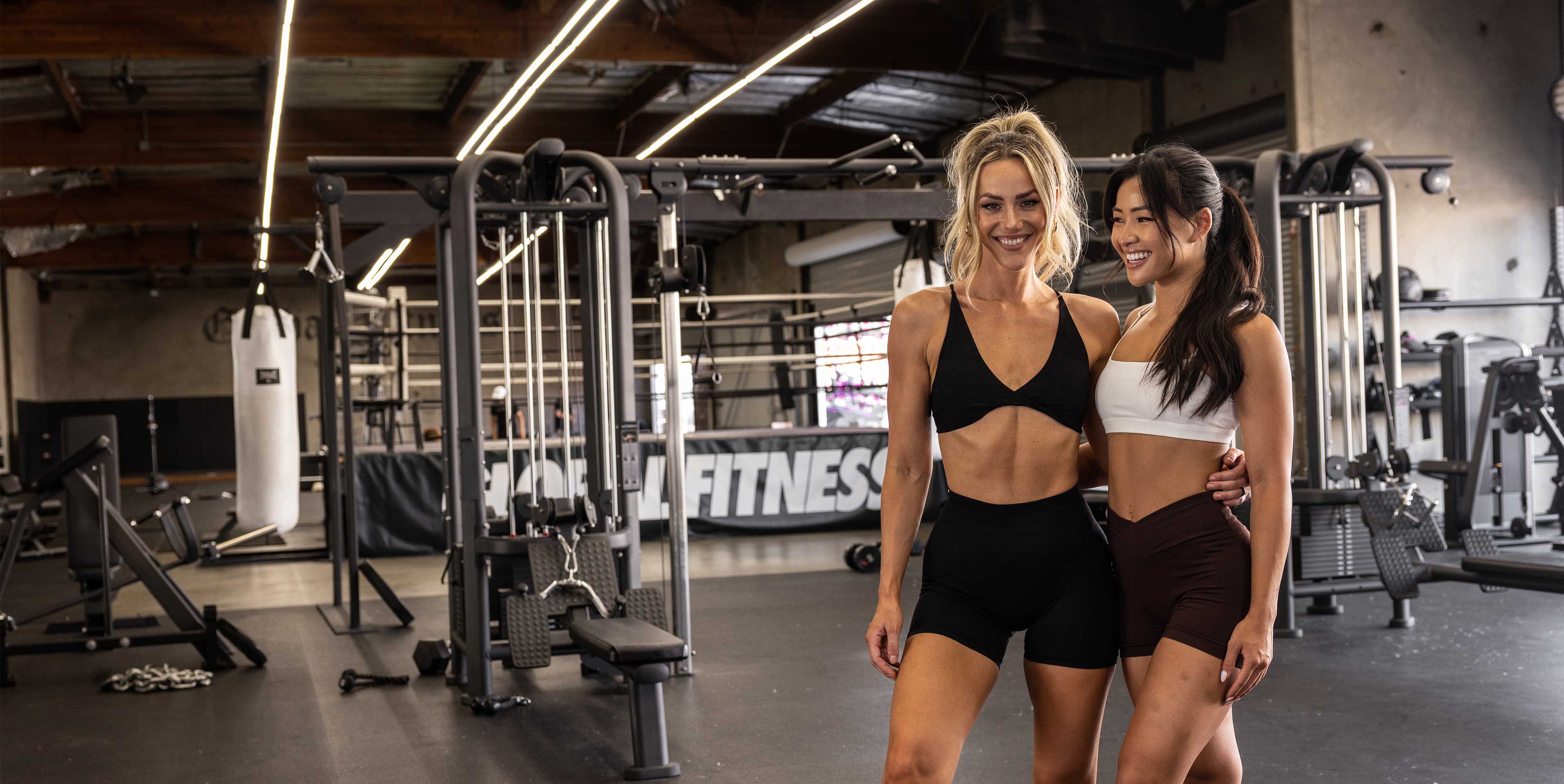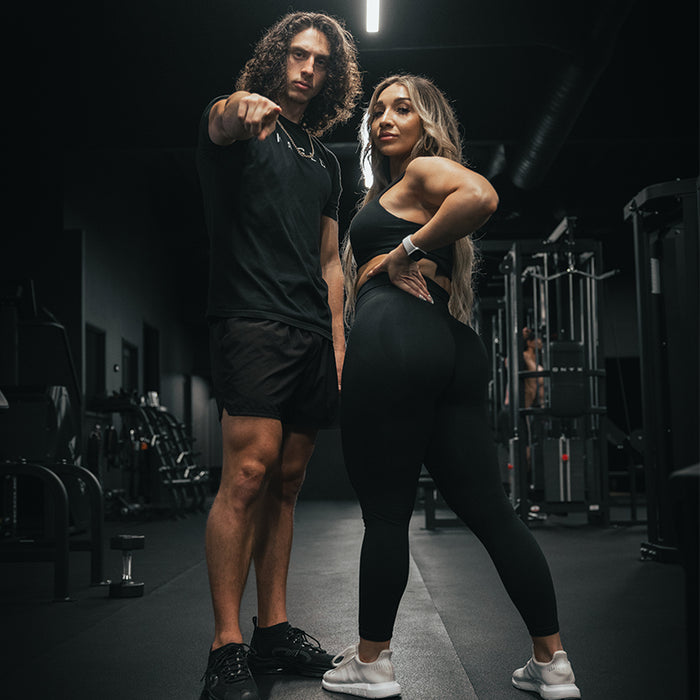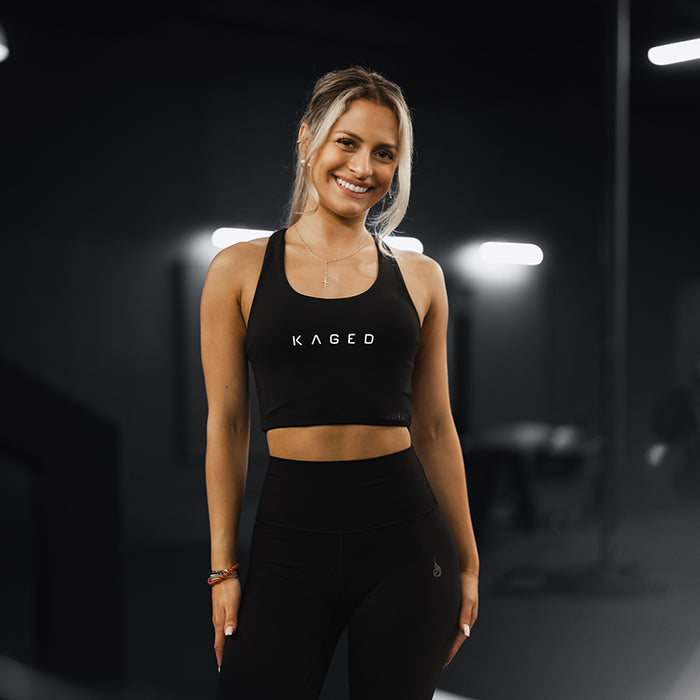DOWNLOAD NOW
Welcome to my 12-Week Lean Muscle Program Nutrition Overview. It’s critical that you watch my video about nutrition, but I’m also providing you with a lot of additional information about the foods and meals you’ll be consuming. I’m also going to give you a to-do list for what you should do to prepare for the nutrition and meal-planning aspects of this program.
While it’s essential to weight train with intensity and take supplements to support your gains, I would say that nutrition is the most critical aspect of a successful transformation program. After all, what’s the point in adding 10 pounds of muscle mass while you’re piling on another 20 pounds of blubber?
To make a true physical transformation, it’s essential that you rigorously follow a reduced-calorie program that allows you to increase muscle mass while shedding body fat. This is challenging, regardless of your level of experience. I’ve designed this nutrition program to allow you to build muscle while reducing body fat so long as you follow my dietary recommendations.
Getting in the right foods in the proper quantities provides your body with the fuel it needs for optimal training and performance. It also helps your body recover from the intense workouts you’ll be performing on this 12-week program.
Each day you’ll eat small, frequent meals that are rich in healthy nutrients, providing your body with the building blocks it needs to support lean-muscle gains while shedding body fat. The nutrition aspect of this program takes considerable time and planning, but I provide you with all of the tricks of the trade that I’ve learned over many years.
In the next section, I’m going to give you an overview of what you should consume each day. Then, in the section that follows, I’ll provide detailed recommendations to make sure you don’t “fall off" your diet because you failed to plan accordingly, providing you with a grocery list and food prep suggestions.
YOUR DAILY NUTRITION PLAN
At the beginning of this program, you’ll consume the following:
PROTEIN: 1.3g per pound of bodyweight every day
CARBOHYDRATES: 1.5g per pound of bodyweight on training days, 1.0g per pound of bodyweight on non-training days
DIETARY FATS: 0.5g per pound of bodyweight every day
So, what does this mean? I’m providing you with a chart to help you understand these based on your current bodyweight. Remember that we’ll change this as your bodyweight shifts, and we’ll also reevaluate what you should be consuming at the end of each week based on the metrics we established in my Training Overview. Also, these numbers are consistent for both men and women. In addition, I’m providing a calculator so you can get more precise numbers for your bodyweight, below:
|
BODY WEIGHT
|
PROTEIN (g) per day
|
CARBOHYDRATES (g) per weight-training day
|
CARBOYHDRATES (g) per non-weight-training day
|
DIETARY FATS (g) per day
|
CALORIES per weight-training day
|
|
120
|
156
|
180
|
120
|
60
|
1884
|
|
140
|
182
|
210
|
140
|
70
|
2198
|
|
160
|
208
|
240
|
160
|
80
|
2512
|
|
180
|
234
|
270
|
180
|
90
|
2826
|
|
200
|
260
|
300
|
200
|
100
|
3140
|
|
220
|
286
|
330
|
220
|
110
|
3454
|
Nutrition Calculator
Use your total bodyweight not lean mass. Be sure to enter your weight at the start of each new week.
Results
| TRAINING DAYS |
|
| PROTEIN: |
0 grams per pound of bodyweight
0 grams or about 33% of total calories |
| CARBS: |
0 grams per pound of bodyweight
0 grams or about 38% of total calories |
| FATS: |
0 grams per pound of bodyweight
0 grams or about 29% of total calories |
| TOTAL CALORIES: |
0 or between 15-16 calories per pound each day
|
| NON-TRAINING DAYS |
|
| PROTEIN: |
0 grams per pound of bodyweight
0 grams or about 38% of total calories |
| CARBS: |
0 grams per pound of bodyweight
0 grams or about 28% of total calories |
| FATS: |
0 grams per pound of bodyweight
0 grams or about 33% of total calories |
| TOTAL CALORIES: |
0 or between 13-14 calories per pound each day
|
So, one thing you’ll notice is that you are not going to be starving yourself at the beginning of the 12-week program I’ve designed for you. You’ll be fueling your body for performance. However, I will be making adjustments to your macros and calorie consumption as this 12-week program progresses based on how YOUR body is responding. And you will only eat quality foods. Next, I’m going to take you through each of the macronutrients —and the best sources — that you should consume during your 12-week program.
PROTEIN
This is the most crucial of all the nutrients for building muscle. Consuming plenty of protein helps prevent the muscle mass you already have from being catabolized (broken down) to support recovery from your intense training. It also supports adding lean tissue while you’re simultaneously reducing body fat. On this program you can always consume more protein so long as you keep your total calorie consumption in check. It’s important that you rely on foods that are very high in protein and low in fats to help you keep track of both protein and calorie consumption. These are my recommendations:
BEST SOURCES: chicken breast, turkey breast, cod, tuna, pollock, low-fat steak, bison, salmon, egg whites, fat-free cottage cheese, low-fat tofu (a vegetarian option), beans and lentils (another vegetarian option), Micropure® Whey Protein Isolate, ReKaged®, Kasein
CARBOHYDRATES: SLOW-DIGESTING
The choices I’m listing are those that are best for fueling your body for training and recovery without excessively spiking insulin release. Releasing insulin when you do not want that response drives carbs, broken down to sugar, into storage as body fat. This is something you definitely want to avoid while you’re following this program. The workouts on this program are highly glycolytic, which means that they break down carbs to fuel your training and help you recover when you consume them at the right time of day. With that said, you’ll consume slow-digesting carb sources throughout the day.
BEST SOURCES: yams, sweet potatoes, red and white potatoes, rice, oats, Cream of Rice, quinoa, oat pancakes, brown rice cakes
CARBOHYDRATE: FIBROUS
To make your diet work on this program you need to consume plenty of fiber. Foods that are high in fiber help your gut break down all of the foods you eat, enhancing absorption of nutrients. Assimilating these nutrients into your system helps you recover and grow from your intense weight-training workouts. One of the best ways to promote gut health is to consume a small portion of green/fibrous vegetables with all of your whole-food meals. Make sure to consume a variety of different foods that are high in fiber. Another benefit of consuming plenty of fiber is that it helps provide satiety, reducing the desire to consume other foods. It also supports digestive health and regularity.
BEST SOURCES: leafy greens, Brussels sprouts, asparagus, broccoli, cauliflower, kale, cabbage, green beans, and spinach, among others
DIETARY FATS
You will also need to include healthy naturally occurring fats in your diet as well as those from supplements. It’s crucial to get in both unsaturated and saturated fats to support muscle growth and general health. While consuming any type of fat in excess is not healthy, you still need to get in a variety and moderate amount of dietary fats. You especially need to consume Omega-3 fats because they are very low in typical diets. Other healthy fats (such as Omega-6s) are plentiful, so you do not need to worry about those. Some are worried that saturated fats, such as those found in meat and dairy are harmful, but consumed in moderation they provide benefits, delivering the building blocks for important hormones such as testosterone, which both men and women need for health and lean muscle growth.
BEST SOURCES: salmon, lean steak, sardines, Omega-3 fish and krill supplements, avocados, extra virgin olive oil, and nuts such as walnuts and almonds; you can also include MCTs and Omega 3 supplements that are high EPA and DHA
FLUID
Consuming plenty of water every day is crucial. It’s an essential nutrient we tend to forget. Keeping your body hydrated is essential for helping to support burning stored fat, building muscle, and optimizing performance during your weight-training workouts. On this program you should drink at least one gallon of water per day, maybe more, depending on the climate you live in, your body weight, and how much you’re sweating during your workouts. You can add supplements such as HYDRA-CHARGE® to your water and carry a gallon jug around with you throughout the day. You can also add the other aminos I recommend, including fermented GLUTAMINE.
BEST SOURCES: Water is the best way to get in fluids, but don’t overlook the benefits that very low-calorie beverages such as coffee and tea provide. Coffee and tea are high in antioxidants, the nutrients that combat harmful free radicals. You should recognize that they provide fluid benefits, but still make certain to get in a gallon of water in addition to these beverages.
MEALS PER DAY
While you won’t reduce calories excessively at the beginning of this program, you will not consume any large meals throughout this 12-week training program. The way to combine these goals is to consume several small meals each day. You’ll see how I lay that out in my Daily Meal Plan below. The reasons for this are:
- Each meal revs up metabolism.
-
When you consume very large amounts of calories in one meal they are more likely to be stored as body fat.
-
Consuming meals with protein throughout the day provides a . steady influx of amino acids to help limit catabolism.
-
You won’t feel the need to over consume food when you know the next time you’ll eat is only 2-3 hours away.
GET IT TOGETHER
You may feel a little overwhelmed by all the numbers and information that I just provided. But you don’t need a PhD in math or nutrition to figure out what to do. All you need is a shopping list, scales to weigh your food, and a kitchen in which to prepare it. Then you need to make sure you have all the food you’ve prepared with you when you need it.
Let’s go through each of these one by one:
SHOP TO DROP
Your goal is to lose body fat while maintaining or building muscle mass. The key is to always have the proper foods on hand. Before you begin my 12-Week Lean Muscle Program I recommend that you go to the store and buy many of the foods I recommend. Buy the quantities that you want to prepare ahead of time. I’ll discuss prepping them in the next section.
FOODS TO BUY:
- Chicken breast
- Turkey breast
- Cod
- Tuna (fresh or packed in water)
- Pollock
- Low-fat steak
- Salmon
- Egg whites
- Fat-free cottage cheese
- Low-fat tofu (a vegetarian option)
- Lentils (a vegetarian option)
- Yams
- Sweet potatoes
- Red potatoes
- White potatoes
- Rice
- Oats
- Cream of Rice
- Quinoa
- Oat pancakes
- Brown rice cakes
- Leafy greens
- Brussels sprouts
- Asparagus
- Broccoli
- Cauliflower
- Kale
- Cabbage
- Green beans
- Spinach
- Sardines
- Omega-3 fish and krill supplements that are high in EPA and DHA
- Avocados
- Extra-virgin olive oil
- Walnuts
- Almonds
- Medium-chain triglycerides (MCTs)
PREP FOR REPS
I recommend setting aside one if not two times a week to prepare most of the food you’ll consume throughout the week. I suggest cooking all of your meals in bulk. Then weigh them into meal-sized portions for each of your different meals. Then place each serving in an individual Ziploc bag before placing them in the freezer. At night you can remove the food for the next day to let it defrost before placing it in your cool bag or cooler before leaving home in the morning.
FOODS TO COOK AND STORE
When you cook, you should especially emphasize your protein foods. Bake or grill your chicken, tuna, turkey and salmon. At the same time you can cook your vegetables—you don’t need to cook these fully if you’re going to warm them in microwave later, but this is an individual choice. Also make sure to prepare carbs foods such as yams, sweet potatoes, rice, red and white potatoes.
PACK FOR SLACK
One of my most common themes or mantras is that you MUST always have the food you need with you to stay on your nutrition program. Even many professional bodybuilders find themselves in situations where they are forced to choose between skipping a meal or eating fast food that undermines their progress. The key to avoiding this is to always plan ahead. Take the foods you need everywhere you go.
FOODS TO TAKE WITH YOU: You should always have a cooler and ice packs with the next several meals with you. Another option is to place them in a cold pack. For many years, I have traveled the world and never missed a meal that wasn’t within the parameters of my nutrition program. When you make a plan for things to go “wrong” with your diet they never will so long as you’ve planned ahead. Add in healthy foods such as almonds and walnuts that you can use as a snack food when you are crunched for time or don’t have a microwave available. Also, I always take a gallon jug of water mixed with KM products with me to make sure I stay hydrated.
INTERMITTENT FASTING
On Sundays, your second non-weight-training day, you’ll fast for 16 hours. Then you’ll have an 8-hour window to consume meals. If you stop eating at 8 p.m. on Saturday night, then you won’t eat again until noon on Sunday. But if you eat a meal at midnight on Saturday, then you won’t consume your next meal until 4 p.m. on Sunday. It’s important to keep track of your meal times and get in all 16 hours of your fast.
This short fast will help you “clean house” from the food in your system that has not been eliminated. You start to enter a process called “autophagy.” During this phase, your body will flush damaged cells in your body, rid itself of undigested protein, and regenerate mitochondria. This is believed to help reduce inflammation and clean out the “faulty parts” within cells.
Intermittent fasting will come into play a little later in the program, but I want you to be aware of it from the outset. I’ll provide details before your fast days, which will always come on Saturday nights through Sunday mornings (and afternoons, depending on when you begin).
DAILY MEAL PLAN
Here’s an example of my daily diet plan designed for a 180-pound person. Feel free to change up your foods from one day to another. In fact, it’s best if you adjust your foods based on those I recommend to make sure you get in a broader spectrum of micronutrients (vitamins and minerals) from healthy foods.
|
MEAL AND TIMING
|
FOOD OR SUPPLEMENT
|
Workout Day Quantity
|
Non-workout Day Quantity
|
|
Breakfast (after morning cardio)
|
Egg whites
|
8 large
|
10 large
|
|
|
Oat pancakes
|
8 oz
|
4 oz
|
|
|
Spinach
|
8 oz
|
10 oz
|
|
Mid-morning snack
|
Cod
|
10 oz
|
12 oz
|
|
|
Quinoa
|
8 oz
|
6 oz
|
|
|
Green salad
|
8 oz
|
8 oz
|
|
Lunch
|
Chicken breast
|
8 oz
|
10 oz
|
|
|
Yam
|
1 large
|
1 small (or ½ large)
|
|
|
Kale (cooked or as a salad)
|
8 oz
|
8 oz
|
|
Mid-afternoon snack
|
Tuna
|
6 oz
|
6 oz
|
|
|
Broccoli
|
4 oz
|
4 oz
|
|
|
Zucchini
|
4 oz
|
4 oz
|
|
Pre-workout
|
Pre-Kaged®
|
1 serving before weight training
|
|
|
Intra-workout
|
In-Kaged®
|
1 serving during weight training
|
|
|
Post-workout
|
Re-Kaged®
|
1 serving but before cardio
|
|
|
Dinner
|
Salmon
|
10 oz
|
10 oz
|
|
|
Cauliflower
|
6 oz
|
4 oz
|
|
|
Green salad
|
8 oz
|
8 oz
|
|
Bed-time meal
|
Kasein
|
1 serving
|
1 serving
|
SWITCH IT UP
One of the staples of a bodybuilding diet is that you rely of the same foods almost every day. Part of the purpose of this is to make eating more functional rather than a highpoint of your day. After you spend a couple weeks on my 12-Week Lean Muscle Program you’ll begin to feel as though you’re eating all the time even though you’re cutting calories.
Nevertheless, I understand that not everyone wants to eat the same foods at every meal every day the way that I do. So, yes, you can make some changes to your meals from one day to the next if you need a little variety in your nutritional life.
I’m going to provide you with a handful of options for each of your whole-food meals each day. And I’m also going to recommend that you consider purchasing pre-prepared meals from Nutrition Solutions to help you reduce the amount of time you need to spend in the kitchen, as well as thinking about what meal you’ll consume next. Because Kaged partners with Nutrition Solutions, we can get you a $10 discount on all the meals you order by entering Kris10. Just make sure you order from the Fitness Meals Plans.

What’s next are my descriptions about the purpose of each meal with alternatives you can consider, whether you’re ordering from Nutrition Solutions or preparing your meals yourself.
WHOLE-FOOD MEAL ONE—Breakfast
While some people call this “breakfast,” I just think of it as my first whole-food meal of the day. You can consume traditional breakfast foods, but you can also consume less common “morning” foods. Here are a few sample meals you can include:
- Egg-white omelet with a side of spinach
- Fat-free cottage cheese, boiled eggs and some blueberries
- Scrambled egg whites with lean beef—cook the beef separately or mix with the eggs—whichever you prefer
- Steak, and egg whites with mushrooms
-
Salmon on a bed of brown rice with a side of vegetables
WHOLE-FOOD MEAL TWO—Mid-morning snack
Generally speaking, this is a more substantial meal on my 12-week program than a traditional “morning snack.” That’s because we’re still re-feeding from protein deprivation throughout the night. For that reason, this meal should be relatively high in protein. Still, calories will be held in check—each of your whole-food meals should be about equal in calories. Here are a few options:
- Tofu scramble with mushrooms, tomatoes, and spinach
- Fat-free cottage cheese with diced cucumbers, tomatoes, and onions
- Chicken breast with brown rice and broccoli
- Homemade sweet potato fries with onion, sliced chicken breast, and a spread of fat-free cottage cheese
- Lean-beef patty, fat-free cottage cheese, and a large green salad
WHOLE-FOOD MEAL THREE—Lunch
Your lunch should be a meal of similar macronutrient make-up and total calories to your previous two whole-food meals. However, if you’re somewhat full or you find it challenging to get in all the protein from food sources, you can also substitute a Kasein shake or Micropure® Whey Protein Isolate. Or you can drink a shake with a green salad—this is always an option.
- Lean ground turkey in a lettuce shell, diced tomatoes and salsa, and brown rice cakes
- Canned tuna (water packed); quinoa mixed with vegetables (celery, onions, radishes), and balsamic vinaigrette with a bit of extra virgin olive oil
-
Egg whites, sardines, Brussels sprouts, and brown riceLentils, egg whites, and a large green salad with quinoa
- Bison, sweet potato, and steamed kale
WHOLE-FOOD MEAL FOUR—Mid-afternoon snack
This meal depends considerably upon the time of day when you weight train. While you want to get in a nearly equal amount of calories from whole-food meals throughout the day, you don’t want to consume whole foods shortly before you weight train. Try to get your mid-afternoon snack in about 90 minutes before your workout if you train after work or later in the afternoon.
- Salmon, yam and green beans
- Cod and homemade sweet potato fries
- Diced chicken breast and quinoa
- Micropure® Whey Protein Isolate mixed in Cream of Rice
WHOLE-FOOD MEAL FIVE—Dinner
For dinner you can consume a little more fats than you do at other times of day. That’s for three reasons:
- You want your protein to digest more slowly to help reduce catabolism (muscle breakdown) while you sleep;
- You want to prevent hunger before bedtime;
- You do not want to consume excess carbs at a time of day when you are not going to use them for fuel. Note that if you perform your last cardio session of the day after this meal, then you can get away with a few more carbs an hour or so before that cardio session.
- Steak and potatoes. Add a side of your favorite vegetable medley from my list
- Tuna steak, and a large side salad with balsamic vinaigrette with a bit of extra virgin olive oil.
- Lean ground beef with some avocado, vegetables, and scrambled egg whites.
- Lean game meat, large green salad, and a whole egg.
- Tofu, vegetables, and a side salad.
SPICE IT UP
I know many of you are looking for ways to increase flavor to boost satiety on your nutrition program. The following condiments and spices are essentially “free” foods because they are low in calories or boost metabolism. Use can used them to your taste.
- Kelp
- Redmond Real Salt
- Cayenne pepper
- Black pepper
- Mixed herbs and spices
- Chopped garlic
- Garlic powder
- Ginger
- Turmeric
- Soy sauce
- Franks Hot Sauce
- Balsamic vinaigrette
- Apple cider vinegar
- Freshly squeezed lemon juice
- Cholula
- Hot English mustard
CHANGE YOUR DIET AS YOU PROGRESS
As I already mentioned, your macronutrient breakdown and calories will shift based on how you’re responding to the nutrition aspect of my 12-Week Lean Muscle Program. I’ll provide guidance on what adaptations you should make each week on your Active Rest and Reevaluate Day. Make sure you use the online calculator I’ve provided to help guide you.
It’s important to remember that everyone is unique and will require different amounts of food. Your macro breakdown will take your personal goal into account to make sure you stay on the right track for the transformation you’re looking towards achieving on this program.
Next up is my Supplement Overview, where I give you all the info you need about the supps you should take. I give a rundown on those I’ve included in my Daily Meal Plan as well as a few others that are especially beneficial in helping you achieve your lean muscle goals.
DOWNLOAD NOW

